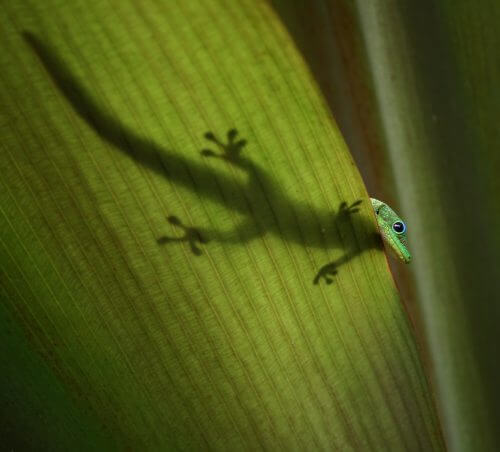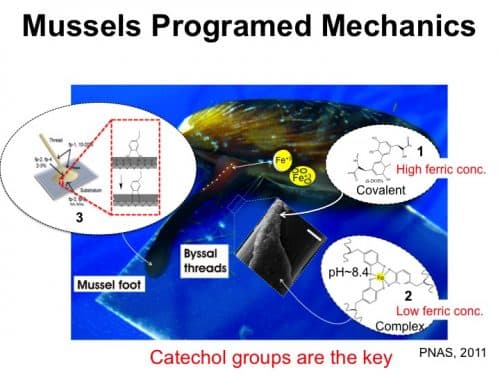The Biomaterials Laboratory in the Faculty of Biotechnology and Food Engineering at the Technion, under the management of Prof. Beaz Mizrahi, deals with the development of modern materials, some inspired by nature and applying principles from nature.

By: Yael Halfman Cohen
Prof. Mizrahi says that the biomimetic projects begin following the identification of a unique feature in nature, and the study of this feature in aspects of structure and chemistry. The research aims to clarify how the chemistry and the structure together provide the identified uniqueness, and later this knowledge is translated into various applications. Prof. Mizrahi identifies the same unique features in articles that provide research directions and inspiration, but the products, according to Mizrahi's assessment, at least when applied aspects enter the picture, do not really reach the performance level of nature.
One of the principles applied in the laboratory is to imitate the ability of materials to react to slight changes in their environment. Inspired by the attachment ability of geckos, which is derived from millions of split restraints that adhere using van der Waals forces, a sticker was developed that is pasted on mouth ulcers and dissolves after 6-8 hours. The sticker is based on a cross-linked and compressed polymer, which includes a weak ionic bond with the mucous tissue of the mouth, and is based on the principle of multiple subunits of weak bonds.
Another project dealt with the development of oyster glue. Oysters, as we know, cling to the reef or metal bodies in order not to be washed ashore at low tide. The oyster secretes a liquid that turns into a hard and flexible fiber. The process also involves an amino acid called DOPA, which is oxidized by iron ions that are secreted to form strong covalent bonds. In addition, this amino acid knows how to produce complexes with the iron ions to create a fiber with maximum flexibility and the ability to self-heal in case of tearing. The oyster sends out a leg and then develops fibers that attach it to the surface. After attachment, the leg detaches and returns to the shell. In the laboratory, a synthetic star-shaped polymer was synthesized and dopamine was attached to its ends. As in nature, after adding iron ions, a hard substance was obtained.
The development may have different uses, including the injection of a liquid substance that will harden in the body, while controlling its degree of hardness according to the tissue in the body, and this through the regulation of iron concentrations. It is also possible to control the decomposition time by the iron levels. When there is no iron at all, the substance is absorbed by the body within hours. When you raise the iron concentration, the material survives longer. Another project in the laboratory dealt with the development of titanium surfaces with antifouling properties for coating stents, orthopedic implants or sensors. This material has also been engineered thanks to imitating the adhesive ability of the oyster.

Another project deals with the development of photo-triggered materials, while applying the ability of natural materials to react to light, and inspired by plants that move in response to light (heliotropism). Synthesized a synthetic polymer containing a derivative of cinnamic acid. Its structure can be controlled using light in the NIR range (of 700-850 nanometers), light that does not endanger the human body and penetrates it easily. Among the possible uses: targeted release of a drug in a tumor area, after particles carrying the drug arrive with the blood circulation to the tumor area, irradiated with NIR light, where they will break down and release the drug. Another use could be self-healing for materials, when polymers with gold nanoparticles inside them, are illuminated in the NIR. The gold emits heat and the polymer is melted in the area where healing is required for the structure, due to scratches, for example.
The great potential of learning from nature was summed up by Prof. Mizrahi in the sentence "Nature can always publish in Nature". Indeed, the innovation is reflected in the variety of innovative developments in the biomaterials laboratory at the Technion, inspired by materials, processes, and principles from nature. Nature provides many repetitions of experiment, and a fertile ground for learning. Successfully!
*The news was written following a lecture given this month by Prof. Mizrahi at the Technion alumni evening, on the subject of imitating principles from nature in the development of synthetic materials.
